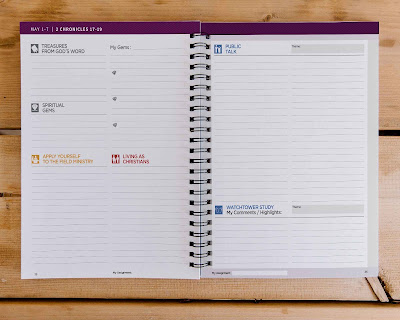
In today's digital age, typing has become an essential skill. Voice dictation tools are built-in with your cell phone. However, can this technology really replace good old-fashioned handwritten notes? What are the benefits of taking notes by hand?
The Appeal of Typed or Dictated Notes
All forms of note-taking have their advantages. What makes typing or voice dictation popular? Speed and ease. If you have been typing for years, it may feel second nature - you don't even have to think, just type. Many like that they can take more notes by typing. Digital notes are also easy to store since they take up minimal physical space.
However, the quantity of your notes is not the only factor to consider. The real question is are you benefiting from taking notes?
The Benefits of Handwritten Notes
Turns out, handwritten notes have many benefits.
- Encourages us to focus on the key points
- Makes us think
- Can improve our reading ability
- Allows us to be more creative with our notes
Absorb and Remember the Main Points

Studies have shown that when people take notes with a keyboard they are more likely to type them verbatim. Muscle memory allows them to type out everything someone says. However, their mind is barely involved and they don't have the chance to absorb the information they are typing. When keyboarding, you can get into the habit of simply recording information without giving it any thought.
On the other hand, writing notes encourage us to jot down the main points - not every word. This stimulates thinking, making your brain form connections between different points. Because your thinking ability is involved, you are more likely to leave with a better understanding of what was discussed. It's more likely that a key point will reach your heart.
Can Improve Reading Ability
There is a reason most children learn to write at the same time they learn to read. By writing, we train the brain to recognize letters and words. By repetition, we learn how each letter is formed. This can improve our reading ability. Since our mind is involved in the process, our reading comprehension also benefits.
Versatility and the Visuals
Writing notes by hand has a level of flexibility. Maybe you like to add pictures or diagrams to your notes. If drawing helps you remember the main point, then pen and paper are the tools of choice. It's much easier to draw in the margins of a paper notebook than when you are typing your notes.

Here are a few examples:
- Drawing an illustration
- Mapping how one thing relates to another
- A family tree
Next time you see someone "doodling" during the meeting, remember that pictures are a valuable tool and memory aid. Your brother or sister is not alone in using drawing as a note-taking tool. Leonardo Da Vinci was known for drawing in his journals, and even Sophia in the Become Jehovah's Friend series took notes with drawings.
The Tools
How can we keep up when writing by hand? One way to easily take notes by hand is to have a notebook specially designed for your needs. For example, a meeting notebook with special sections for each part.
Ministry Ideaz helps make note-taking a breeze. Our notebooks are specially designed for meetings, assemblies, and conventions. We help you get straight to the main points by pre-printing the talk themes, or meeting sections.
Of course, what would note-taking be without the mighty pen? Ministry Ideaz supplies pens with assembly themes or the yeartext. Do you draw your notes? Grab a "study makes me strong" pencil and get studying.
Most Importantly, Take Notes
Whether by typing or writing, notes play a valuable role. They help us keep our thoughts focused on the talk. They provide information to review later. They help us remember key points that we want to take away from the program.
Writing notes has the added benefit of getting the mind stimulated and making connections between different key points. Handwritten notes also allow you to be creative with your notes - using drawings or diagrams.
How do you take notes? What have you found effective for note-taking at meetings, assemblies, or in your personal study? Let us know in the comments!
References:
Roessingh, H. (2020, August 31) Note-taking by hand: A powerful tool to support memory, Published in The Conversation
May, C. (2014, June 14), A Learning Secret: Don't Take Notes with a Laptop, Published in Scientific American


Sweet. Thanks so much. I like the notebooks for taking notes from this company. I had purchased ones from another company, and while lovely, they were a wee bit too small; so I am going to give those to kids. I’m glad that these are more generous in size!
ReplyDeleteA little suggestion: have at least one notebook with the spirals at the top, lefthanded individuals prefer those.
ReplyDeleteThank you.
Thanks for the feedback!
Delete